All Stories
-
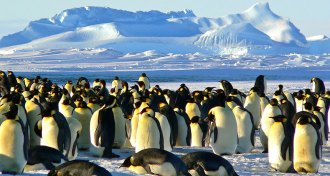 Animals
AnimalsA single penguin can break up a huddle
A new study documents how penguins regulate body temperature by forming huddles and breaking groupings apart.
-
 Earth
EarthHumankind’s water use greater than thought
Humans’ global water footprint increases when accounting for water losses from water management practices.
-
 Health & Medicine
Health & MedicinePay attention to that under-the-weather feeling
People can forecast their likelihood of catching colds by rating their own health, study shows.
By Bruce Bower -
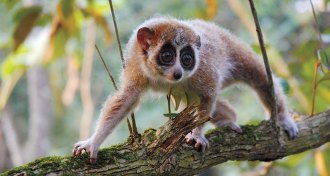 Animals
AnimalsPygmy slow loris in Asia takes unusual downtime in winter
The pygmy slow loris is the first primate outside Madagascar found to hibernate.
By Susan Milius -
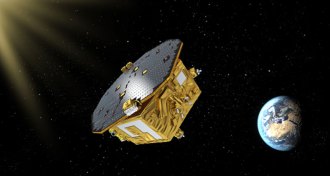 Astronomy
AstronomyLISA Pathfinder to pave way for gravitational wave detection
The successful launch of the LISA Pathfinder mission marks the first step toward testing techniques needed to build a space-based gravitational-wave detector.
-
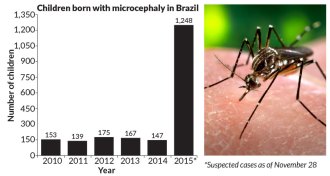 Health & Medicine
Health & MedicineVirus spread by mosquitoes linked to rare birth defect
In addition to fever, rash and vomiting, Zika virus may cause rare birth defect.
-
 Health & Medicine
Health & MedicinePregnancy hormone could keep multiple sclerosis at bay
A small trial hints that pregnancy hormone can reduce MS flare-ups.
-
 Genetics
GeneticsScientists consider new genetic power and its impacts
Thanks to CRISPR, scientists’ plans for effective use of gene drives suddenly look feasible.
By Eva Emerson -

-
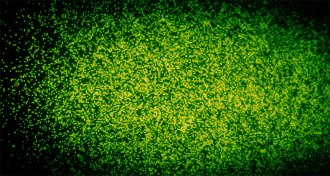 Quantum Physics
Quantum PhysicsSpooky quantum connection quantified for multiple particles
Physicists have measured quantum entanglement between several particles rather than just two.
By Andrew Grant -
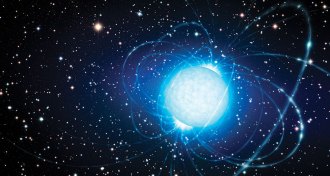 Astronomy
AstronomyMysterious cosmic signals carry a clue to their origins
A burst of radio waves from another galaxy ran into a dense magnetized plasma while en route to Earth, hinting at an origin near a population of young stars.
-
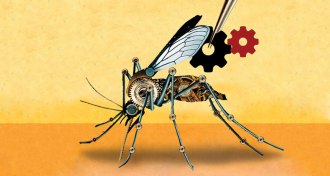 Genetics
GeneticsGene drives spread their wings
Gene drives may wipe out malaria and take down invasive species. But they may be difficult to control.